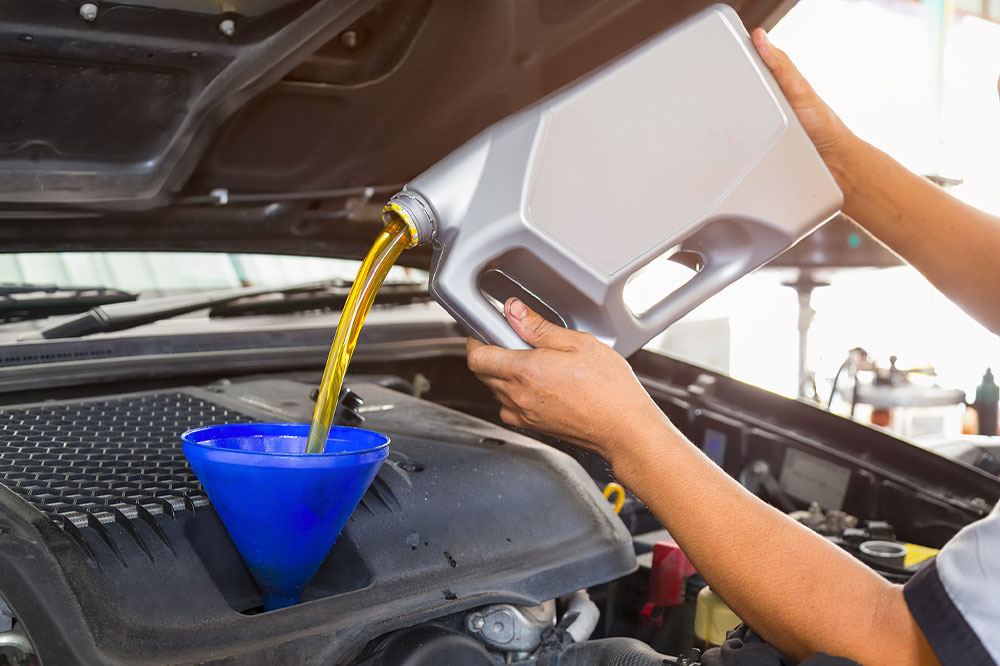
5 common oil change mistakes to avoid
An oil change is a necessary maintenance task that should be done within a specified time limit to ensure the engine does not cease to work. Skipping this step only further increases the risk of engine problems that might cost thousands of dollars in repairs simply because of a lack of proper lubrication. If you prefer to change engine oil on your own, here are five critical mistakes to avoid next time.
Not using the right type of oil
Motor oils are classified into different blends depending on the type of vehicle and the driving conditions in which they are used. Synthetic oil is more suitable for extreme weather changes. It has better viscosity and resistance to oxidation. High-mileage oils help improve fuel efficiency and lower emissions, whereas conventional oil is the cheapest of all variants used in most motor vehicles.
Not maintaining proper oil levels
Underfilling or completely topping up the engine oil will only hamper engine performance. Learn to use an oil dipstick before running the engine. Overfilling can force the engine oil to fill up the gasket, leading to leaks. Not filling enough increases friction and can stall the pistons completely.
Not replacing oil when its recommended
If you drive an older model vehicle, it is recommended that you change the engine oil once every 3,000 miles. But for newer trims with advanced features, experts suggest changing the oil once every 7,000 to 10,000 miles, depending on the make and model. These instructions are included in the user manual. So pay attention to the details.
Mistakes with the filter
Oil filters keep out impurities and ensure the lubricant is sludge-free for the cycle of use. Unfortunately, many people do not bother changing the filters with each oil change. Never skip this step, as adding a new filter improves the efficiency of the lubrication cycle and prevents the grime from collecting in the filter.
Replacing oil without the right tools
If you prefer a DIY oil change, ensure you own and know how to use the right tools. Get an oil collection pan for draining the old sludge. Use a hydraulic jack to create more space and lower the risk of injuries before working under the car. Ensure the new filter and O-ring seal is perfectly secure to prevent leaks while the engine runs.


